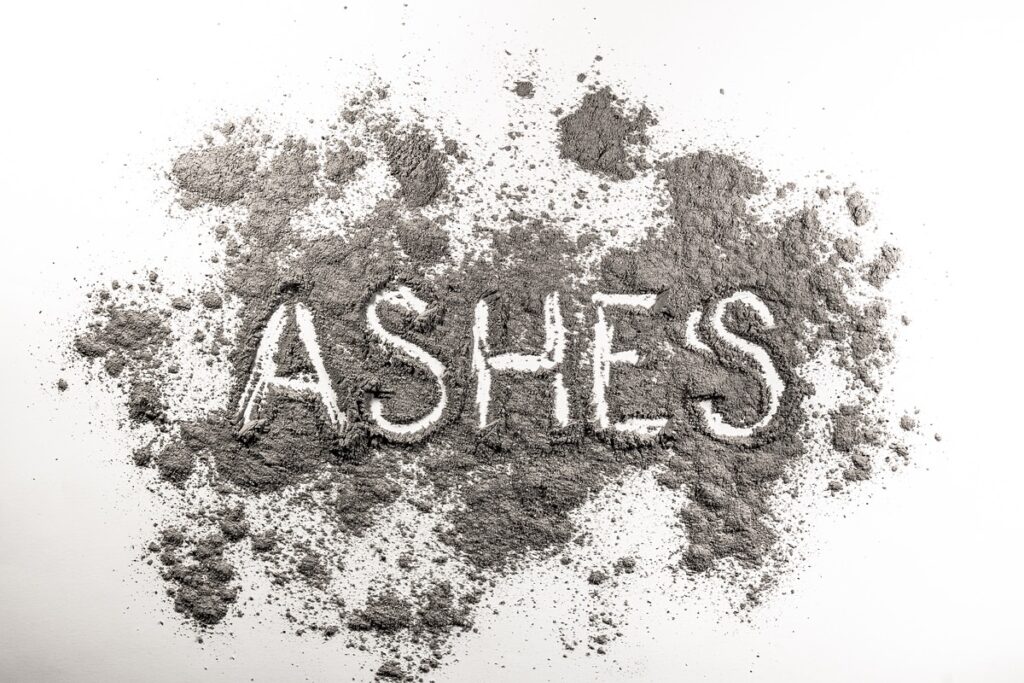Cremation has become an increasingly popular method of handling human remains, but questions often arise about what happens to the remains, also known as cremains, after the process. One of the common concerns is whether cremated remains are toxic and if they pose any harm to the environment. Let’s explore the nature of cremains and their potential impact.
What Are Cremated Remains?
Cremated remains consist mainly of bone fragments that have been ground into a fine powder following the cremation process. While the term “ashes” is often used, cremains are not like the ashes produced by burning wood or paper. The cremation process subjects the body to temperatures ranging from 1,400 to 2,000 degrees Fahrenheit, leaving behind mostly calcium phosphates, minerals, and trace elements that were part of the body’s structure.
Are Cremains Toxic?
No, cremated remains are not considered toxic. The materials that make up cremains—mostly minerals and calcium—are inert. This means they do not decompose, react, or release harmful substances into the environment. Unlike other forms of waste, cremains are essentially sterile and free of any pathogens because the high heat of the cremation process eliminates bacteria and viruses.
However, there are some environmental considerations to keep in mind:
- pH Levels and Soil Health: Cremains are slightly alkaline due to their high calcium content. When cremains are placed in the soil, particularly in large amounts, this could potentially alter the soil’s pH balance, making it less hospitable to certain plant life. This is why it’s important to be mindful of the amount of cremains spread in a particular area if you’re considering scattering.
- Heavy Metals: Trace amounts of metals, such as mercury from dental fillings, may remain after cremation. However, modern crematories are equipped with filtration systems to capture mercury and other potential pollutants. The trace metals that remain in cremains are in small, negligible amounts and do not pose significant environmental risks.
Cremains and Waterways
One of the most popular methods for memorializing a loved one is scattering cremains in a body of water, such as a lake or ocean. While cremains are not harmful in small amounts, it’s crucial to follow local regulations when scattering ashes. In the U.S., the Environmental Protection Agency (EPA) has guidelines that recommend scattering ashes at least three nautical miles from shore to avoid any potential environmental impact near coastal areas.
Environmental Alternatives: Eco-Friendly Urns and Bio-Cremation
For those concerned about environmental impact, several eco-friendly alternatives to traditional cremation are available, such as biodegradable urns. These urns are designed to break down naturally in soil or water, helping return cremains to the environment in a less disruptive manner.
Additionally, some people are turning to alkaline hydrolysis, or aquamation, as an alternative to flame-based cremation. This process uses water and alkaline solutions to break down the body, resulting in a liquid byproduct and a smaller amount of mineral remains. Proponents of aquamation claim it has a lower environmental impact because it uses less energy and produces fewer emissions than traditional cremation.

